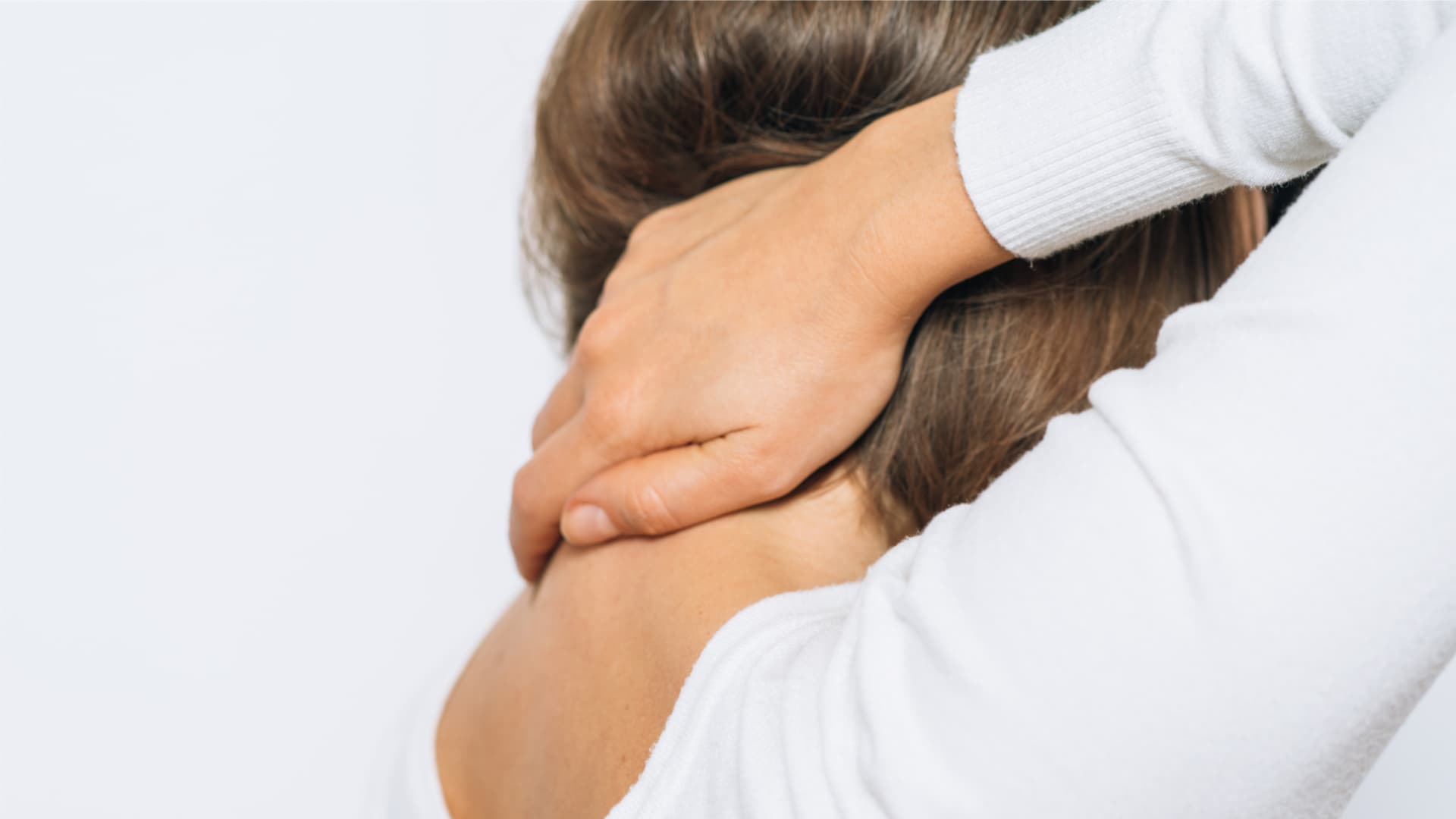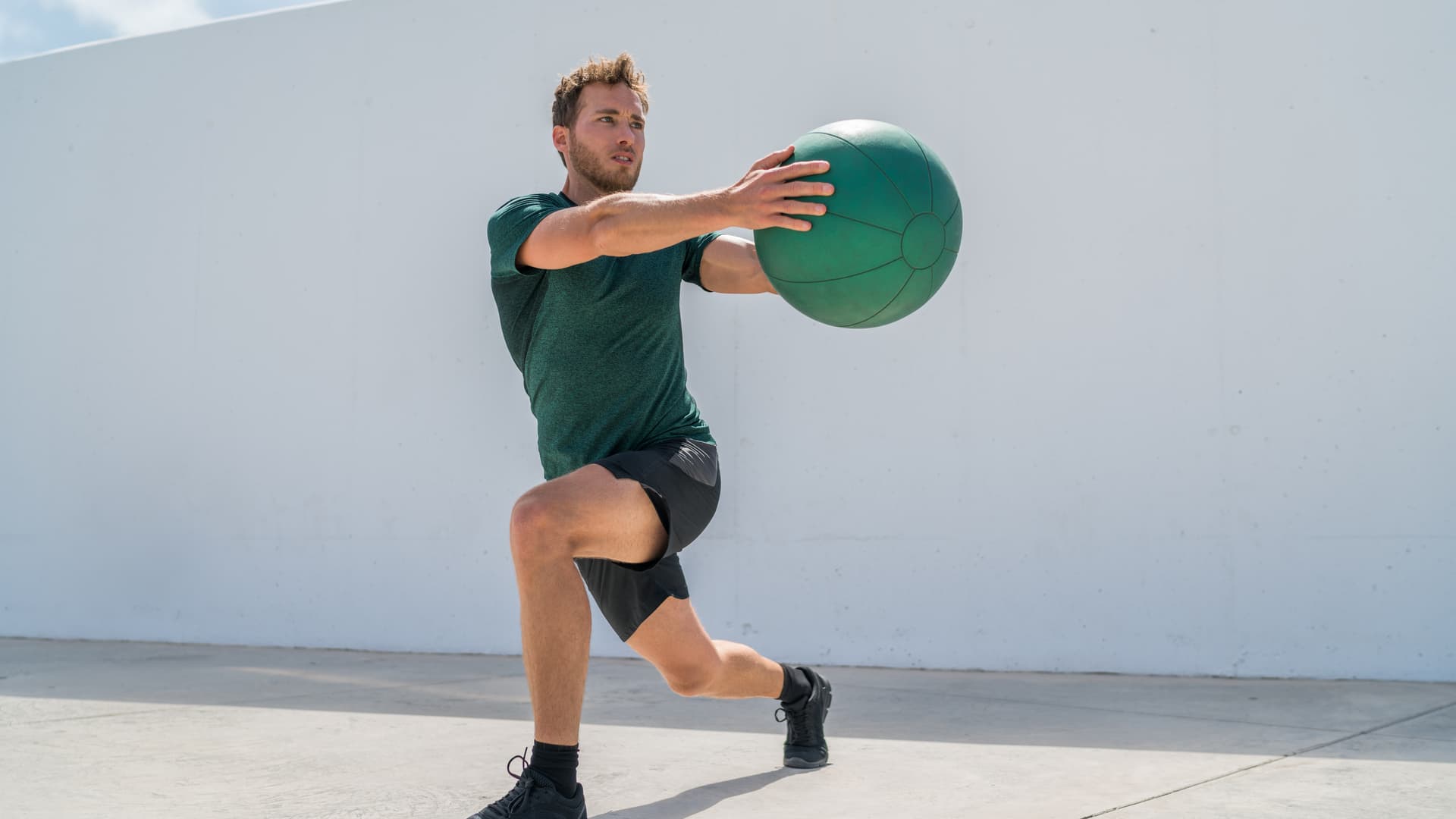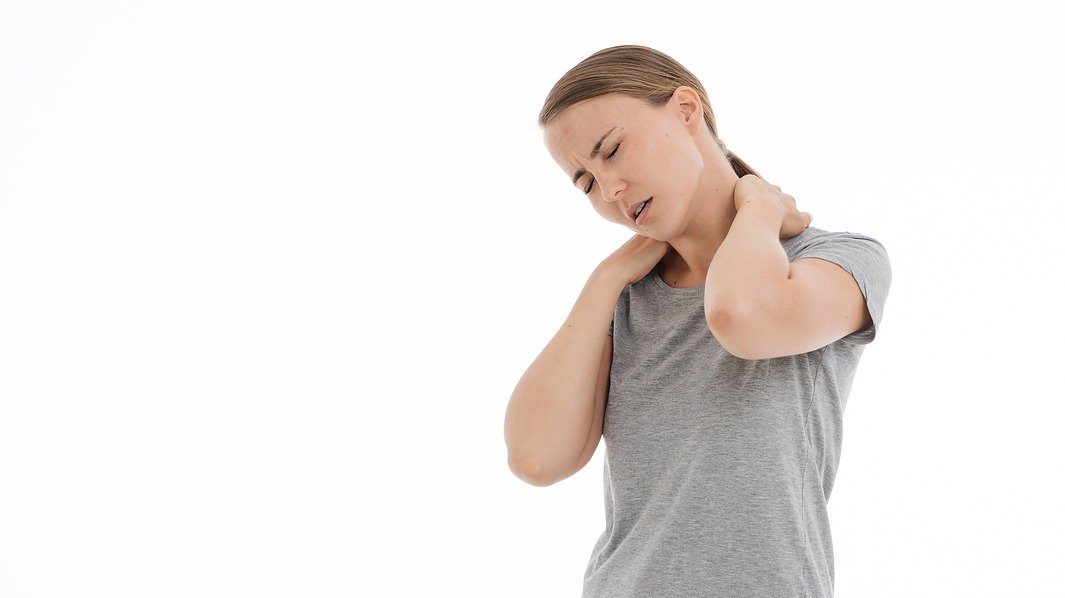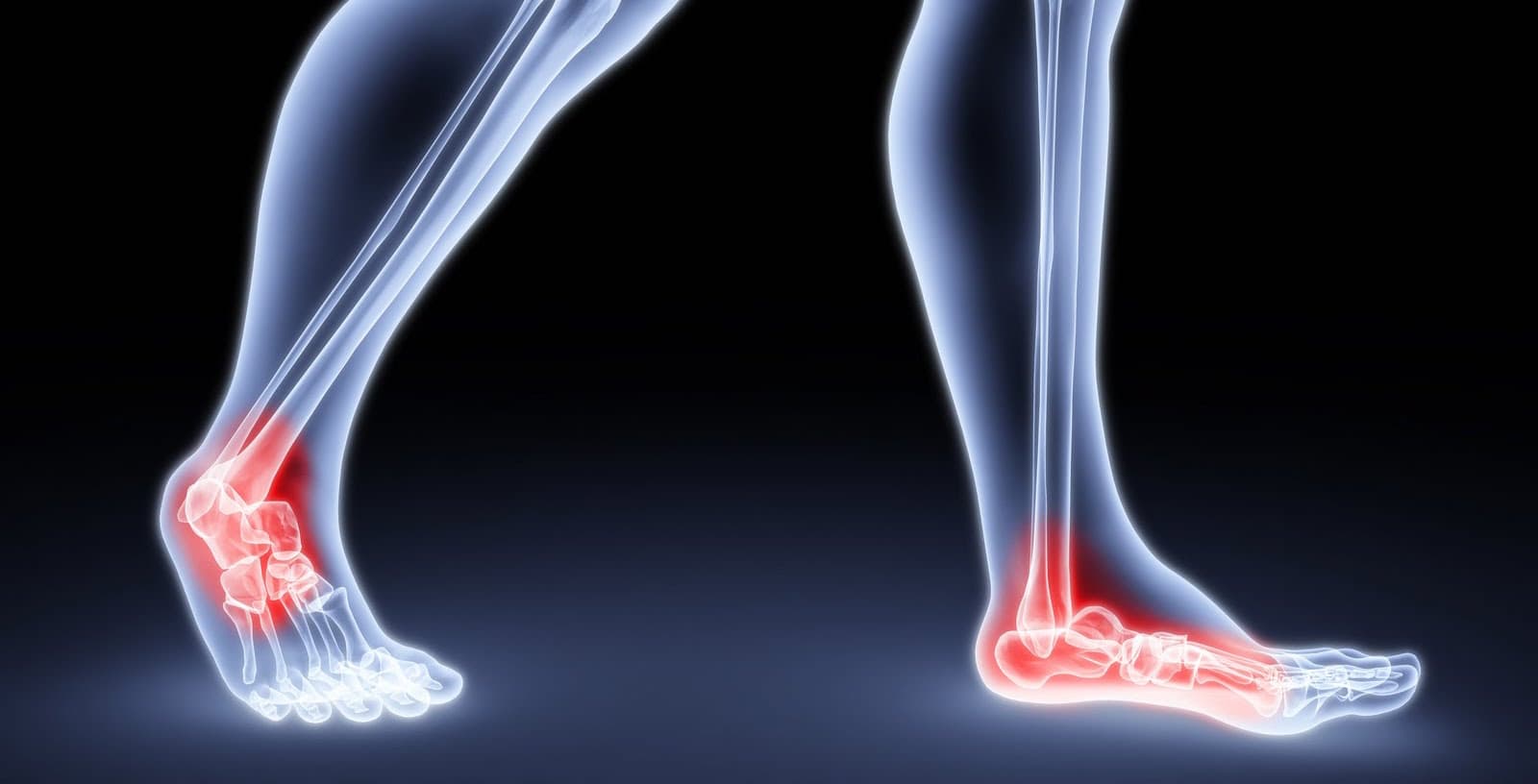Guide To Understanding Cervicogenic Headache
Headaches are a commonly reported symptom and are known to affect 47% of the population, among which Cervical Headaches account for 15–20% of all chronic recurrent headaches. Women are four times more likely to be affected than men (Racicki S et al., 2013).
Cervical headaches, referred to as cervicogenic headaches, are more commonly associated with a neck trauma such as a Whiplash injury (but not necessary).
International Headache Society (IHS) classified about 14 different types and subcategories of headaches. The headaches are classified under primary, caused by vascular origin and secondary, resulting from inflammation, and head and neck injuries. Cervical headache or Cervicogenic headache is of secondary type.
Cervical musculoskeletal impairment is a characteristic of cervical headaches (Jull G et al., 2007). Cervical headaches are usually confirmed by physical measures identifying musculoskeletal impairment. Impairments can include painful upper cervical joint dysfunction, restricted range of cervical extension movement, and increased sternocleidomastoid activity, which is shown to have 100% sensitivity and 94% specificity in distinguishing a cervical headache from migraine and tension-type headache (Jull G et al. 2007).
What is a cervicogenic headache?
Cervicogenic headache is a type of headache that originates from the neck. These headaches are often caused by problems with the bones, muscles, or nerves in the neck. Cervicogenic headaches can be very painful and can make it difficult to move the head or neck. Cervicogenic headache treatment typically includes physical therapy, chiropractic care, and massage.
Causes of cervicogenic headache:
Cervicogenic headache is commonly caused by Cervical joint dysfunctions, usually arising from the joints, muscles, ligaments, and soft tissues in the neck. Literature supports that the primary cause of dysfunction is at the C2-3 zygapophysial joints (Z joint pathology (Lord et al. 1996). Additional literature also supports cervical headaches that can arise from dysfunction of the C2-3, C3-4 discs or facet joints, atlantoaxial and atlanto-occipital joints in the neck.
These dysfunctions are associated with neck trauma after a whiplash injury but are most often related to microtrauma from prolonged neck flexion or poor sustained habitual postures.
Often abnormal cervical spine posture is said to be associated with cervicogenic headache. The researchers found that individuals with increased cervical lordosis had an increased likelihood of experiencing cervical headaches (Peter k et al., 2015)
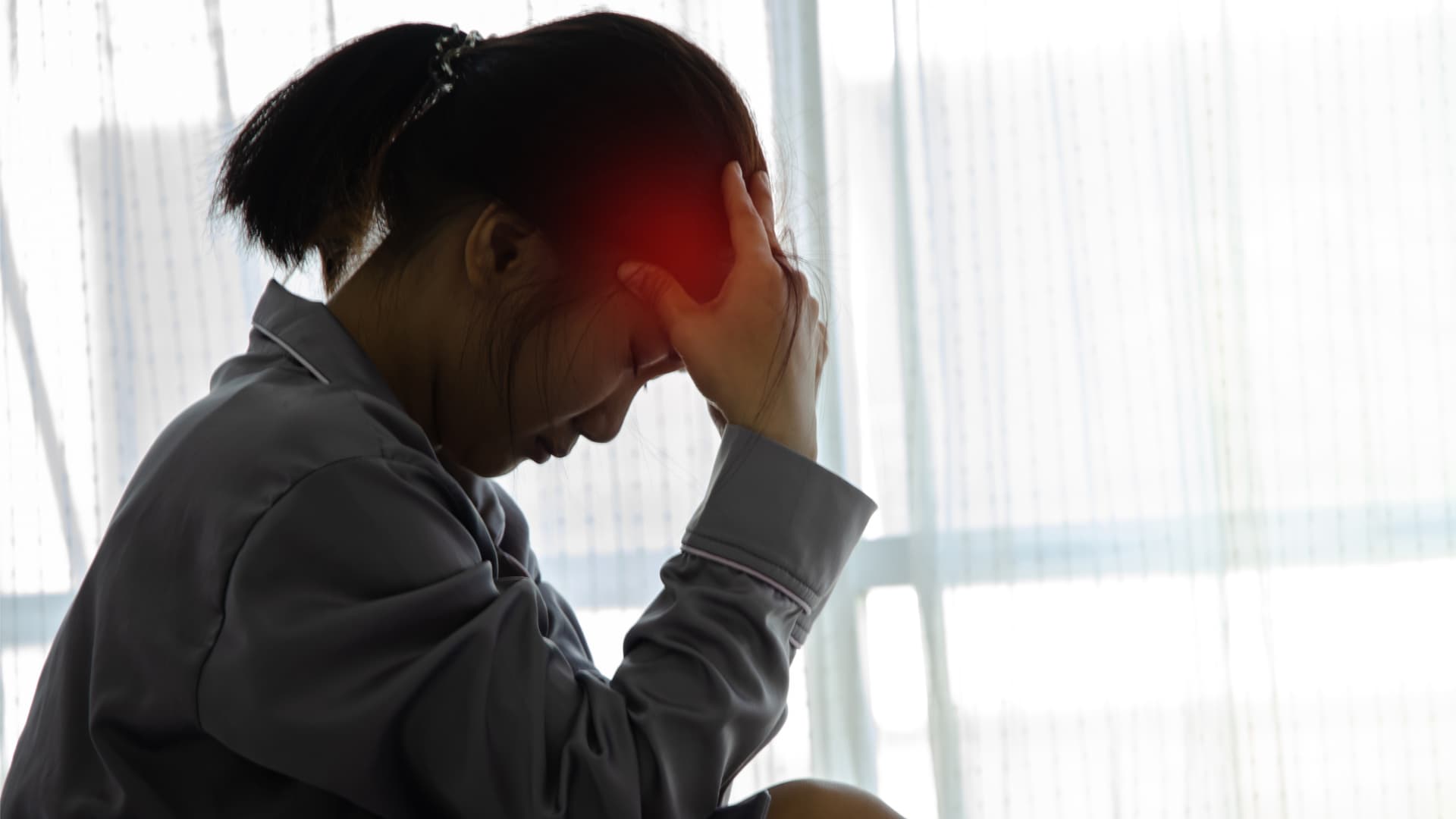
Most common cervicogenic headache symptoms :
- Headache is usually unilateral ( but a bilateral headache of cervical origin is also possible) and affects the head, neck, and face.
- Associated Suboccipital neck pain (however, also note that other headache types also frequently may have cervical symptoms)
- Pain or stiffness starts in the neck and spreads to the head
- The presence of non-throbbing headaches usually starts in the neck, with episodes of varying duration of Long-lasting headaches from usually hours to days.
- Headache onset is related to mechanical factors from sustained posture, including prolonged sitting, reading, looking down and extended looking-up positions.
- Other symptoms of cervical headache include dizziness, nausea, light-headedness, difficulty focusing, retro-ocular pain, and visual disturbances but are usually associated with very mild symptoms (Racicki S et al., 2013).
- Upper cervical joint restrictions and tenderness are often present and tested by physical examination.
Lifestyle factors related to headaches: Some of the lifestyle factors also can cause headaches like Stress, dehydration, Alcohol intake, Caffeine, lack of sleep, medications, high blood pressure, infections, hormonal factors related to menstrual periods and also precipitated by hunger, certain foods types etc.

Tension-type headaches are also more common and include band-like tightening and pressing pain. Tension-type headaches usually last from 30 minutes to 7 days, have mild to moderate intensity, have a bilateral location, and do not aggravate physical activity. Tension-type headache has no associated features of nausea, vomiting, photophobia, or phonophobia.
Below are some of the conditions and symptoms that may be characteristic of Non-Cervical Headache origin. Patients presenting with these symptoms should seek medical consultation and are unlikely to respond to manual therapy.
- The onset of headaches prior to and without neck pain or stiffness (non-mechanical origin)
- Headaches of severe intensity uncontrollable by medications
- Progressive headache aggravated by lying down and sleep quite disturbed (from increased Intracranial pressure)
- Severe unilateral headaches lasting briefly can include cluster headaches, paroxysmal hemicranias, and trigeminal autonomic conditions. The pain duration may be as short as 2 minutes, with a frequency of 5 per day (IHS).
- Migraine headache with typical aura: symptoms include flickering lights or spots in the visual field, pins and needles, numbness, and sensation lasting less than 60 min.
- Migraine headache without aura includes the pain of unilateral location, pulsating, moderate to severe intensity, lasting for a fixed period of 24-72 hours. Aggravated by routine physical activity and associated with nausea, photophobia, or phonophobia with the characteristics of chronic tension
- Vascular origin headache: Presence of regular distinct pattern headache lasting for a particular time, and usually, the symptoms resolve fully.
(Adapted from Hall T et al. 2008), Jull et al. 2007)
According to the Cervical Headache International Study Group, several headache characteristics are shared between the cervical headache and non-cervical headache groups and require proper identification.
Due to various locations of pain symptoms and severity of dysfunction, various treatment techniques healthcare practitioners use in the treatment of cervicogenic headaches.
Treatments can include invasive and non-invasive techniques.
The invasive treatment techniques consist of injections, dry needling, and surgery (Racicki S et al. 2013).
The non-invasive treatment techniques include exercise, manipulation, mobilization, and fascial connective tissue release or mobilization.
Physiotherapy can help with cervicogenic headache:
Research has shown that physiotherapy can help cervical headaches and tension-type headaches by using a combination of the manual therapy treatment approach and exercise therapy with lifestyle modifications to address your headache.
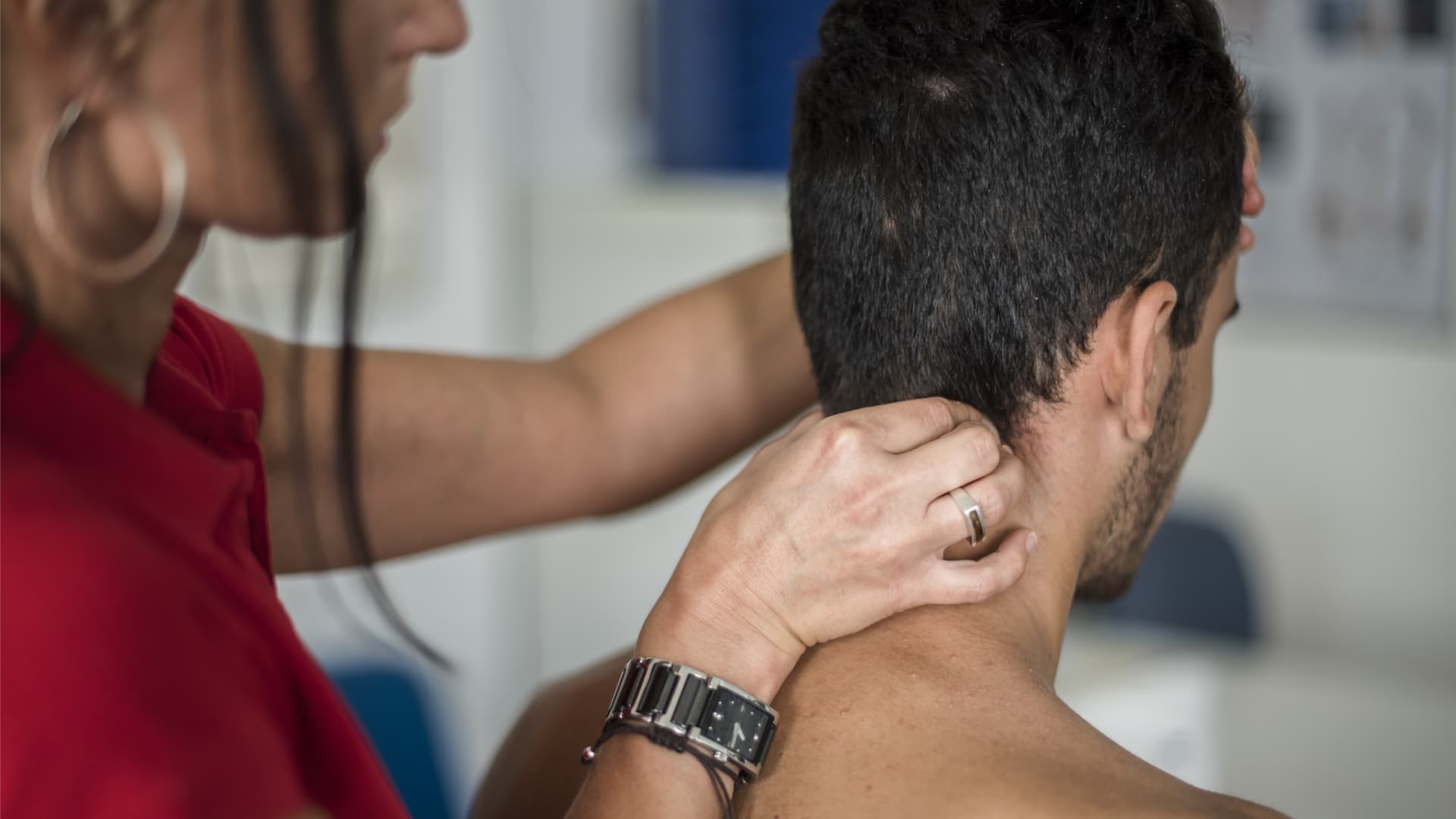
Cervicogenic headache physiotherapy is a treatment approach commonly used by healthcare professionals to alleviate pain and improve function in individuals suffering from cervicogenic headaches.
Your Physical therapist will perform a mechanical assessment to determine if the headache is cervical in origin, has a mechanical cause and determine the appropriateness for treatment and proceed with appropriate therapy.
Please contact a physiotherapy clinic near you if you think you are suffering from a Cervicogenic headache for an assessment and management.

Cynthia Pathipati – Registered Physiotherapist
Cynthia Pathipati completed her bachelor’s in physiotherapy and is a qualified Registered Physiotherapist in good standing with the College of Physiotherapists of BC with more than 15 yrs of experience. She has Post-Graduate Credentials and Certifications as well as extensive knowledge experience in treating pelvic floor, orthopedic, neurological, vestibular and pain conditions.

